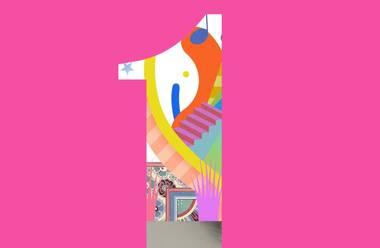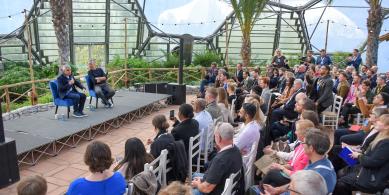“System 1 and System 2 are two distinct modes of decision making. System 1 is an automatic, fast and often unconscious way of thinking. It is autonomous and efficient, requiring little energy or attention, but is prone to biases and systematic errors. System 2 is an effortful, slow and controlled way of thinking”
I was initially hesitant to read this book. System 1 vs System 2 sounded like the classic “Flavour of the Month”, so popular in our marketing community. Google search of “System 1 vs System 2“ produces 3,220,000 results in 0.72 seconds. Definitely a hot topic!
Dichotomy is a very powerful tool to basically address virtually any topic in corporations, from business strategies to product messaging. Social vs Individual, Emotional vs. Rational, B2C vs B2B, online vs offline, effective vs efficient, consumers vs. shoppers, right vs. left brain and so on. We all know that reality is a bit more complex than that, but we also love so much everything that helps to minimize our brain efforts at work…
But this book is not about dichotomies… While explaining the role of System 1 in the context of measuring brand performance, the authors stated that it is not about “boosting” purchase consideration, but “to actually reduce it”. Quite a heretic statement that makes this book quite intriguing…
The brand funnel mantra (Awareness, Consideration, Purchase, Repurchase) has been virtually unchanged from its creation in 1879 by St. Elmo Lewis. But the authors have a different view on this. People do not buy following the brand funnel model step-by-step, and – even more important - most of our purchase decision tend to be repetitive and unconscious, basically inertial. In a nutshell, purchase decisions lead by System 1.
Another interesting insight is the fact that successful NPDs are driven by a high degree of familiarity among the target audience. “80% familiar, 20% New”, that is “Fluent Innovation”. Bialetti – the first home coffee machine, invented in Italy in the 1920s – was based on a new revolutionary way to make coffee. But the real success factor was to apply a design to the product that was inspired by a popular coffee service, so that people could immediately associate this new product with “coffee”.
In addition, “The more people Feel, the more people Buy”. There are countless examples out there of this in virtually every industry, but we are still spending a lot of time in meetings in which we have to reassure someone senior that “all the relevant” information on the product will be included in the ad…
The logical conclusion is therefore to “Design your Marketing on System 1”. So, not a real dichotomy, at the end of the day… Warmly recommended.
Newsletter
Enjoy this? Get more.
Our monthly newsletter, The Edit, curates the very best of our latest content including articles, podcasts, video.
Become a member
Not a member yet?
Now it's time for you and your team to get involved. Get access to world-class events, exclusive publications, professional development, partner discounts and the chance to grow your network.




